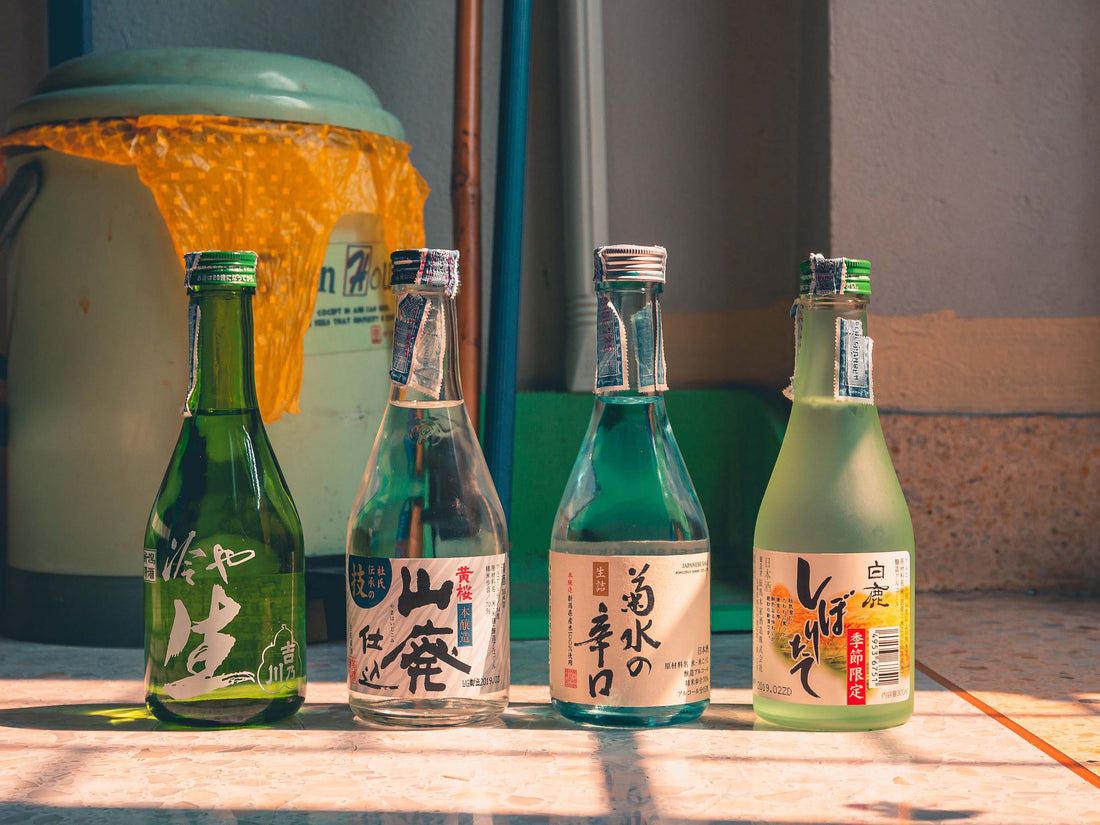Some countries have beer, some have wine, and Japan has sake. Sake is the traditional alcoholic beverage of Japan. It is believed that a distant relative of Sake was being made as long ago as the Yayoi period between 300 BC and 250 AD.
Sake was being made in shrines and temples as well as ordinary folks. The Imperial Court even had a dedicated organization that produced sake for members of the court.
Soon the tradition became an art, and the processes became more complicated. Around the 16th-century, sake drums made their appearance. Now sake brewers could brew more significant quantities of sake at a time, store it, and send it for use in homes and at shrines or temples. It was also around this time when the production of sake moved to the winter months. This time of the year is best suited for brewing sake. This process of brewing sake in the winter is referred to as kan-zukuri.
There are different types of sake. Junmai-shu, honjozo-shu, Ginjo-shu, and sake that has not been heat-treated. Junmai-shu is made from rice only. Honjozo-shu has some brewer’s yeast added. Ginjo-shu is made from highly polished rice with a small amount of added alcohol. There are two kinds of sake that have not been heat-treated. These are called nama-zake and namachozo-shu. Technically, namachozo-shu is heat-treated in a type of pasteurization process right before it is bottled. Nama-zake is never heated.
Traditionally people drank sake on special occasions. These included celebrations like weddings and festivals. It also included observing more somber events like funerals. Today sake helps people to socialize.
Drinking or serving sake is a ceremony. The sake is heated up in a tokkuri, a small porcelain or earthenware bottle. Then it is decanted and sipped from a small cup called a sakazuki. During celebratory events that call for barrels of sake, the opening of the barrel is also a ceremony. This ceremony is called kagami-biraki, which means “opening the lid.” The lid is smashed with a wooden mallet (kizuchi), and the sake scooped out with a bamboo ladle (take-shaku). This ceremony asks the gods for good health and fortune.

Sake is the drink of the traditional Japanese gods, called kami. These gods are observed by practitioners of the traditional Japanese religion called Shintō.
Sake, which is also called nihonshu, is believed to connect people to the gods. Sake is often presented to the kami as a part of an offering. Often you can find numerous decorative sake barrels, called kazari-daru, near Japanese Shintō shrines. Kazari means ‘decoration,’ and taru means ‘wooden barrel.’
Many people donate sake that the shrine uses for celebrations and festivals. These donations are usually in smaller containers. The kazari-daru seen stacked at Shintō shrine usually arrive and stay empty.
These barrels are made of cedar slats that are held together with bamboo braids or hoops. The decorative label is made from a straw mat called a komo. Today sake is not kept in wooden barrels for long since the wood alters the taste. Instead, the sake is kept in steel tanks and only decanted into traditional barrels shortly before ceremonious events.
Sake has been ingrained in Japanese life and culture since rice made its way to the country. It is an integral part of local cultures and traditions featuring in celebrations, festivals, and religious practices. While sake barrels are no longer being used to brew this alcoholic beverage, they are beautiful to look at, bringing a touch of Japanese authenticity with them.

